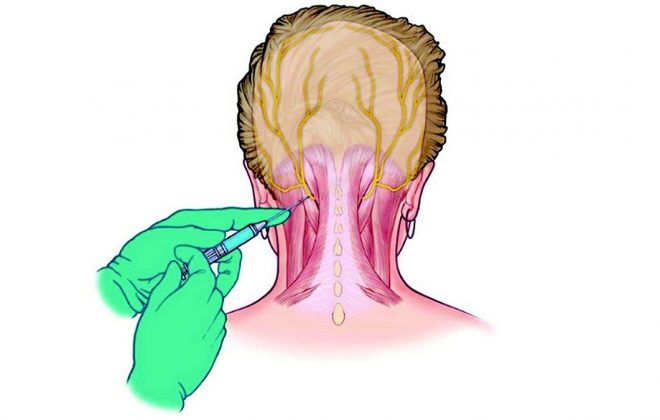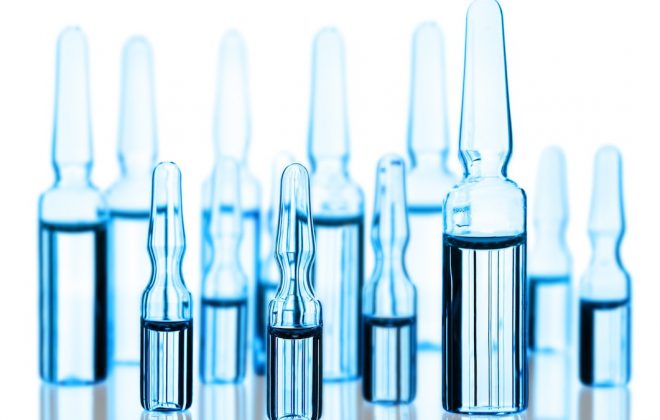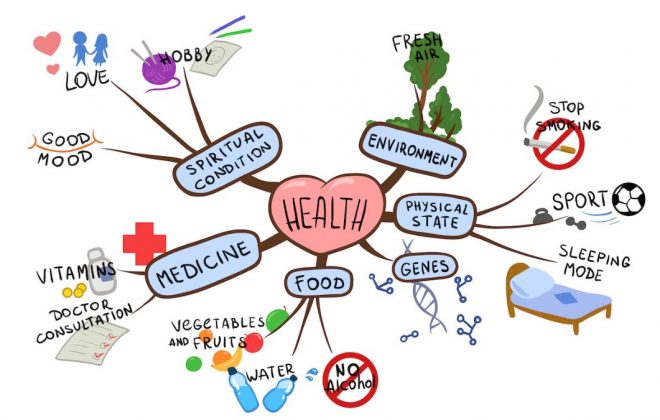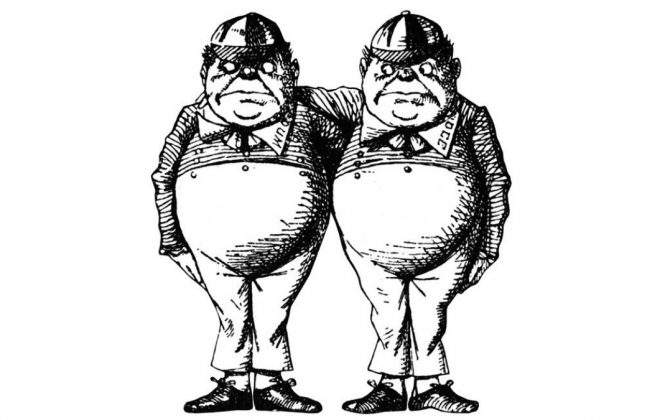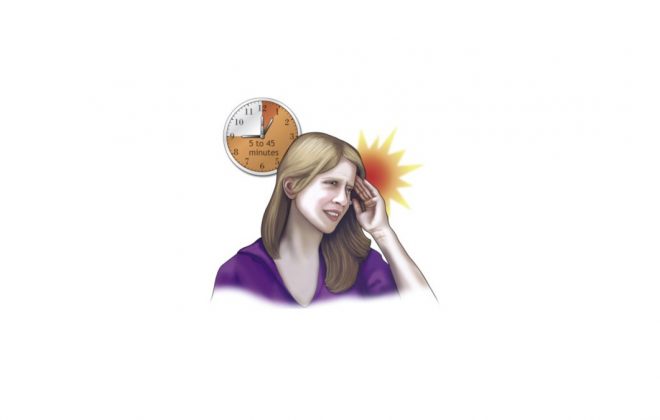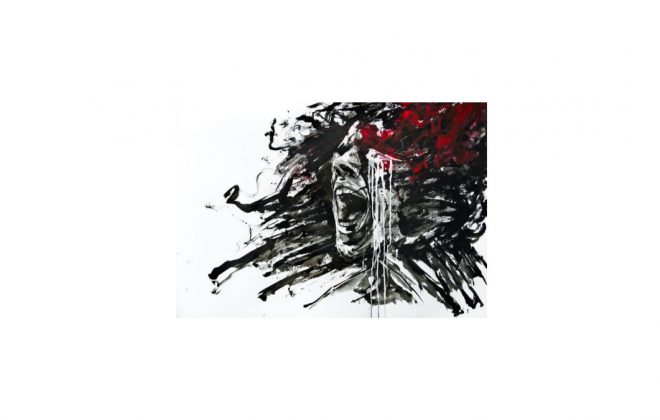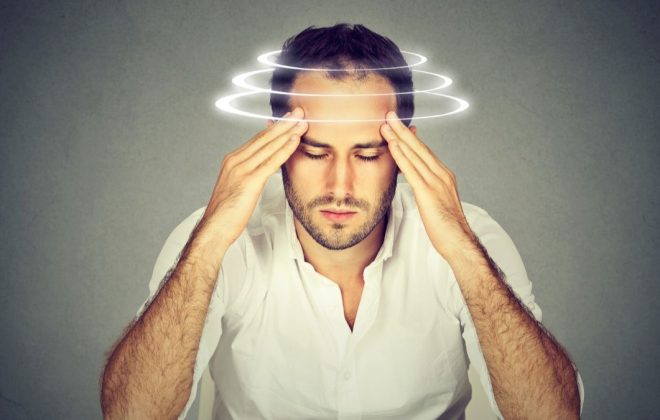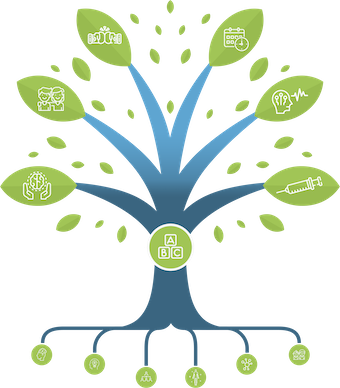You will have your first Botox injections soon. What can you expect?
Can any physician inject Botox for migraine? Injecting Botox for migraine is not a difficult procedure, but it has to be done by a health care provider with proper training and experience, according to a specific protocol called PREEMPT. When you choose an injector, make…
Botox side effects and risks
Is Botox dangerous? «toxin» sounds scary Botox is a protein, purified from a bacteria called Clostridium Botulinum. It blocks neurotransmission, which means it stops the nerves talking to their targets (muscles, sweat glands, skin receptors). See more on how Botox works here. (See this post)…
BOTOX® : coverage and access in Canada
What is BOTOX®? BOTOX® was approved by Health Canada in 2011 to treat chronic migraine and it has been available in Canada for over 30 years. It is also used to treat a number of other medical conditions including blepharospasm, strabismus, spasticity (including spasticity of the foot…
Nerve Blocks anatomy: they put a needle where and why?
The head and the neck are closely related, even more than we might think. Look at the image below, describing the nerve networks of the face and neck. A nerve is like an electric wire. When they bundle together, they form roots (equivalent of a…
Injections and blocks for headaches: practical details
There are different types of injections that can be made to improve neck-influenced headache (cervicogenic headache). The link between neck pain and headaches can be complex. See this post The injections can be made with local anesthetics (similar to the freezing product used by dentists),…
Migraine: the ultimate treatment list
According to the Golden Rule of the Migraine World, there are no one-size-fits-all treatments. Therefore, how can you find the treatments and approaches that will help YOU? There are so many, it can be bewildering. How can you find your way among the quick fixes,…
Top Ten Facts about the neck and migraines
In humans, the head and the neck pain networks are linked and can cross-talk The sensation of the face, head, sinuses, teeth, jaw are carried through the trigeminal nerve (V1, V2, V3). The sensation of the neck and upper shoulder are carried through the cervical…
Hydration and Migraine
Dehydration is a common trigger for migraines, but how does it happen, and what can we do to prevent it? Dehydration occurs when the body loses more liquid than it takes in. We have to consider what gets in, what gets out and the body…
Migraine Triggers
Understanding migraine triggers is a helpful tool for managing migraine. While triggers can be different for everyone and there is no single trigger that all migraine sufferers experience, there are some triggers that are common, especially when it comes to diet. How many people report…
Checklist : Healthy nutrition for migraine
Here is an easy checklist of healthy changes you can make to your diet that could help your migraine. Do this before you engage in any more complicated diet. Drink more water, herbal tea Drink less juice, caffeine, alcohol Stop drinking sodas Do not skip…
The ketogenic diet for migraine
What is the history of the ketogenic diet? Is it true it works for epilepsy? The ketogenic diet was designed in the 1920s to help control seizures in epileptic children. The traditional treatment for epilepsy was fasting (going for an extended period of time without…
Relaxation, exercise, biofeedback for migraine… it’s all great but why is it so difficult to stick to it?
More skills, less pills. For many people with migraine, avoiding medications is a priority. Good news! There are many behavioral options available to control migraines – either on their own or in addition to medications. Let’s Explore the Options: Diet: Diets attract many people, but…
Vestibular physiotherapy : what is it, and what to expect
What is vestibular physiotherapy? Vestibular rehabilitation is an exercise-based therapy targeting vestibular symptoms that do not go back to normal between episodes of vestibular migraine. For example, if vertigo or imbalance is still an issue after a crisis, exercises could improve steadiness and get rid…
Other headaches associated with migraine
People with migraine have particular brains that may be prone to develop other types of headaches. Here are a few examples. Post-traumatic headache A person with migraine who has a concussion has more risk of developing persistent headaches. Migraines may also deteriorate after a trauma….
Paroxysmal Hemicrania, Hemicrania Continua: the little cousins of cluster headache
My physician has told me that I might have Paroxysmal Hemicrania (PH) or Hemicrania Continua (HC). I never heard about those before. PH and HC are very rare. Even headache specialists do not see them very often. They are in the family of trigemino-autonomic cephalalgias,…
New Daily Persistent Headache
What is New Daily Persistent Headache? According to the International Classification of Headache Disorder (the reference book for headache diagnosis), a diagnosis of NDPH can be made if: A. Persistent headache fulfilling criteria B and C B. Distinct and clearly remembered onset, with pain becoming…
Intracranial hypertension or pseudotumor cerebri: basics
What is idiopathic intracranial hypertension? The pressure inside the head should be stable. Imagine a car tire: if the pressure’s too low, it gets flat (in the head that causes the intracranial hypotension syndromes), and if it’s to high it can damage the tire. Idiopathic…
Cluster headache : basics
What are the typical characteristics of a cluster headache attack? Location of pain: eye, temple, forehead. The pain may also go to the cheek, jaw, teeth and neck. Type of pain: very severe, excruciating. Sometimes described as a poker crushing the eye. The pain may…
Neck Pain and migraine….is this cervicogenic headache?
STORYBOX 1: Mandy, 27, has migraines since she’s 15. She has more migraines during her period. Her usual frequency is 10 days per month. She’s tall, lean, and has hyperextensible joints. She used to practice yoga and light weights, but now she’s working full time…
Vestibular migraine
STORYBOX : David has migraine attacks a few days per month, with light sensitivity and nausea. When he was a kid, he was car sick. Last year, he woke up one morning with severe vertigo and could not walk. He went to the ED and received…
Categories
THE MIGRAINE TREE
- BRANCHES
- ACUTE TREATMENTS
- DEVICES AND NEUROMULATIOIN
- PREVENTIVE TREATMENTS
- PROCEDURES AND INJECTIONS
- SELF-CARE AND LIFESTYLE
- SOCIAL LIFE
- TRUNK
- ROOTS
OTHER CATEGORIES





